In a groundbreaking advancement, Japanese tech giant NTT has developed a drone capable of triggering and surviving lightning strikes, a feat demonstrated during tests in December 2024 and January 2025. NTT’s announcement details the drone’s ability to induce lightning at 300 meters (984 feet), offering a novel approach to mitigating the estimated ¥100 billion to ¥200 billion ($700 million to $1.4 billion) in annual lightning-related damage in Japan.
Technical Innovation: A Drone Designed for Lightning
NTT’s test drone, equipped with a protective cage and a conductive wire tethered to a ground-based winch, represents a significant engineering achievement. The wire, connected to a switch, generated a voltage exceeding 2,000 volts during a thunderstorm, creating a localized electric field. “This rapid increase in local electric field strength triggered a lightning strike directed at the drone,” NTT reported. The strike produced a loud crack, a flash at the winch, and partial melting of the cage, yet the drone remained operational.

The cage’s design is critical to its success. It redirects high lightning currents away from internal components, preventing damage, and distributes the current radially to minimize electromagnetic interference. This configuration allows the drone to “continue to fly stably even after the lightning strike,” according to NTT. Notably, the cage can be retrofitted to commercially available drones, enhancing scalability.
Industry Context: A Shift in Lightning Protection
Traditional lightning rods, while effective for fixed structures, lack the flexibility to protect sprawling urban areas or remote infrastructure. NTT’s drone-based solution addresses this gap by enabling targeted lightning induction in diverse locations. The company envisions fleets of these drones patrolling cities during storms, triggering controlled strikes to prevent natural lightning from damaging critical assets like power substations or communication networks.
Lightning strikes cause significant economic and operational disruptions globally. In Japan, annual damages range from $700 million to $1.4 billion, while events like the 2019 lightning-induced substation fire that disrupted London’s Heathrow Airport highlight the vulnerability of infrastructure. NTT’s approach could redefine lightning protection, particularly in regions with high thunderstorm activity.
Regulatory and Market Considerations
Deploying lightning-triggering drones raises complex regulatory questions. Airspace management during thunderstorms, already restricted due to safety concerns, would require new protocols to accommodate drone fleets. Japan’s Civil Aviation Bureau, which oversees drone operations, has yet to address such specialized applications. Internationally, standards from bodies like the International Civil Aviation Organization could influence adoption.
Market potential hinges on cost and scalability. Retrofitting commercial drones with NTT’s cage could lower barriers to entry, but operating fleets at scale demands significant investment in infrastructure, training, and maintenance. Competitors in the drone sector, such as DJI or Parrot, may explore similar technologies, intensifying innovation in this niche.
DroneXL’s Take: A Bold but Challenging Vision
NTT’s lightning-triggering drone is a remarkable technological leap, blending drone engineering with atmospheric science. Its ability to survive a direct strike underscores the robustness of the design, and the retrofit capability positions it as a practical solution for existing drone fleets. However, skepticism is warranted regarding its scalability. A single storm can produce hundreds of thousands of strikes—878,000 in one U.S. event in 2025—making comprehensive protection of urban areas a logistical challenge. Regulatory hurdles and the need for real-time storm tracking further complicate deployment. While NTT’s vision is ambitious, its success will depend on rigorous testing, cost-effective scaling, and navigating a complex regulatory landscape. For drone professionals, this innovation signals a new frontier in specialized applications, but its real-world impact remains to be seen.
Photos courtesy of NTT
Discover more from DroneXL.co
Subscribe to get the latest posts sent to your email.

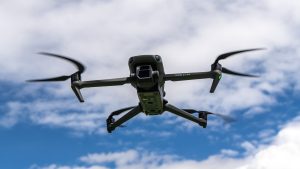

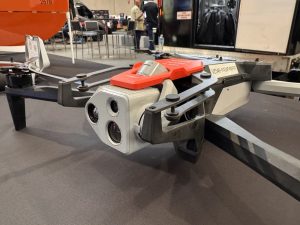
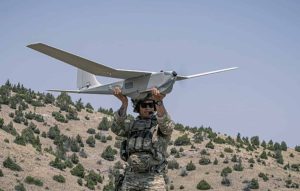


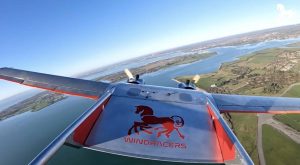
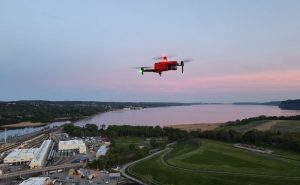
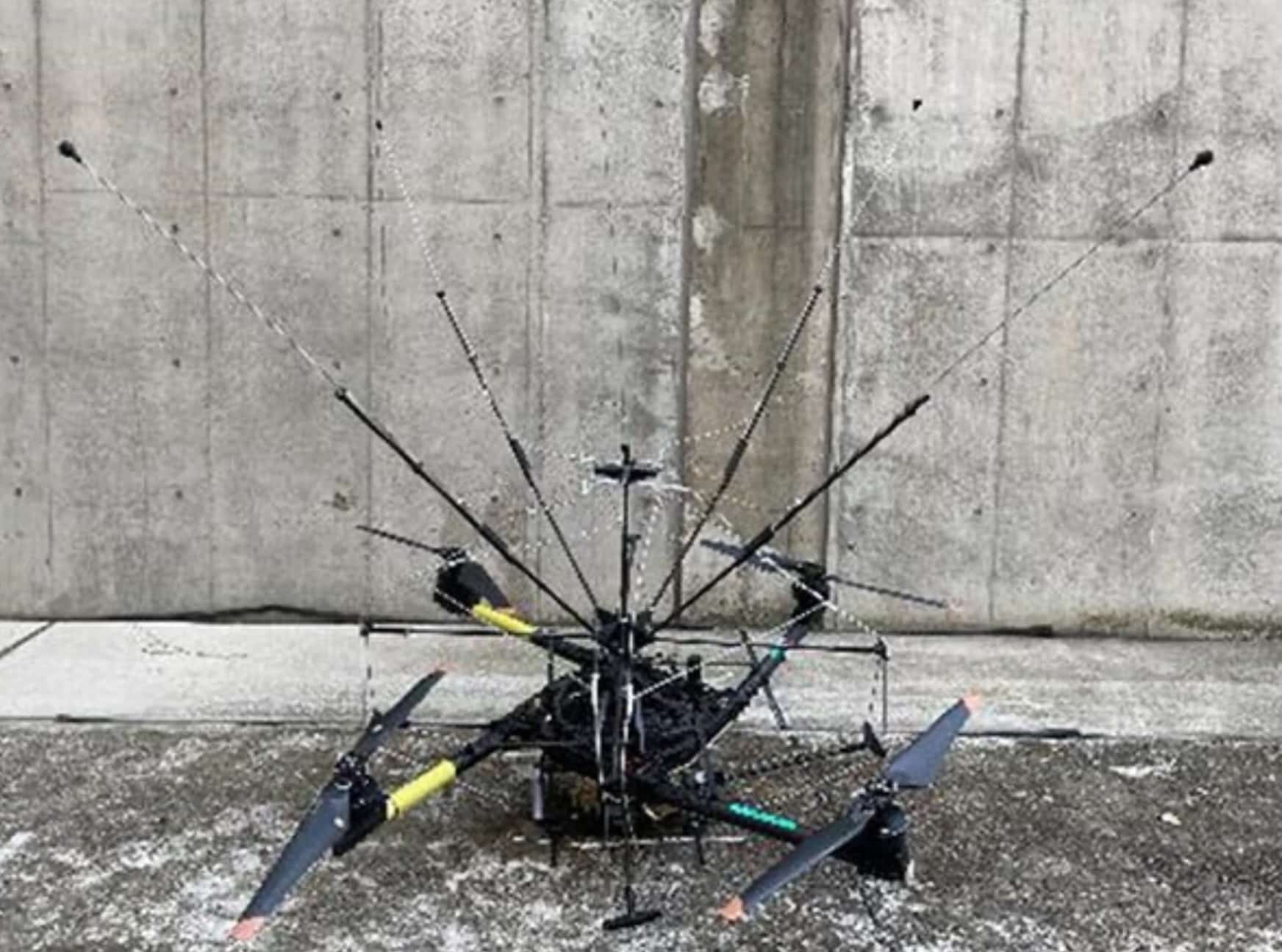

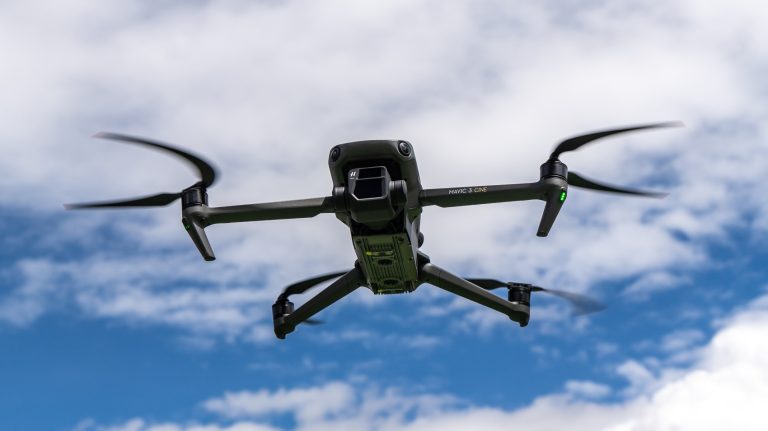

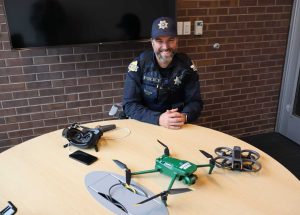
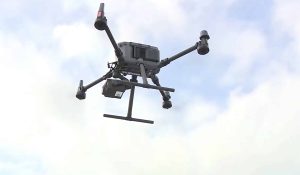


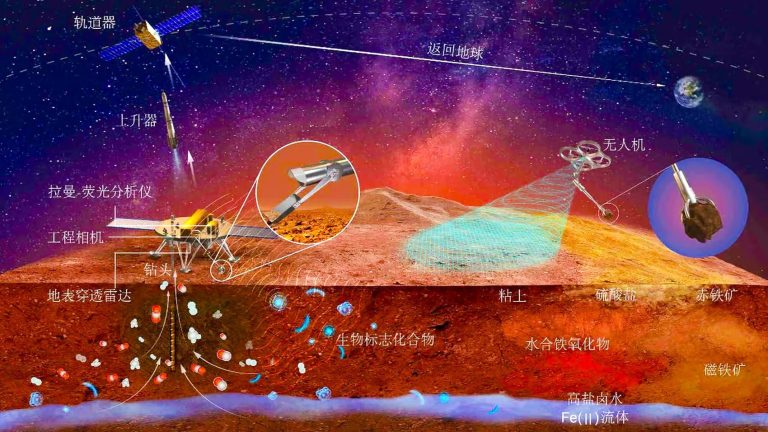

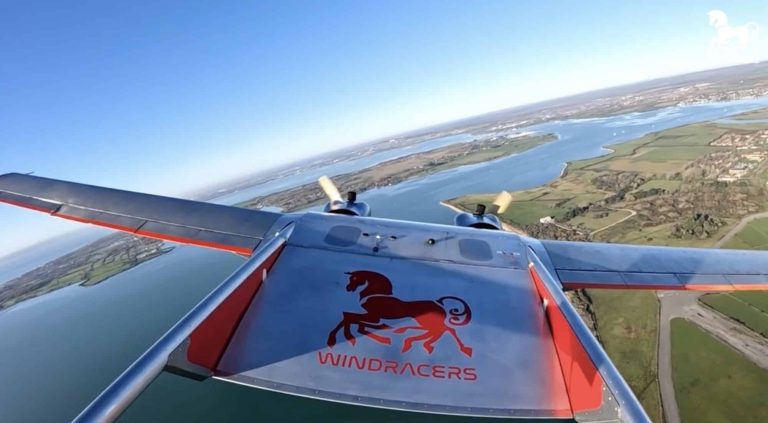
+ There are no comments
Add yours